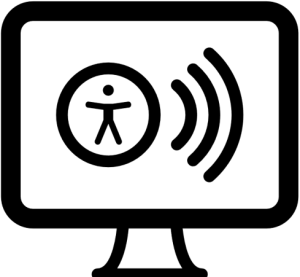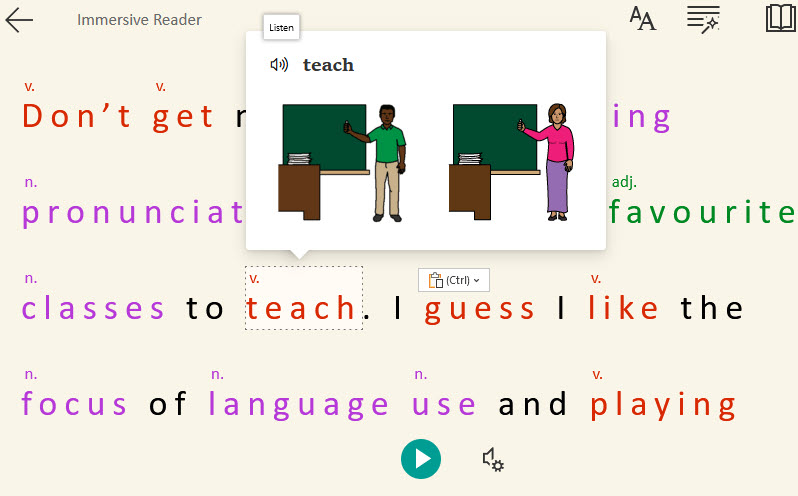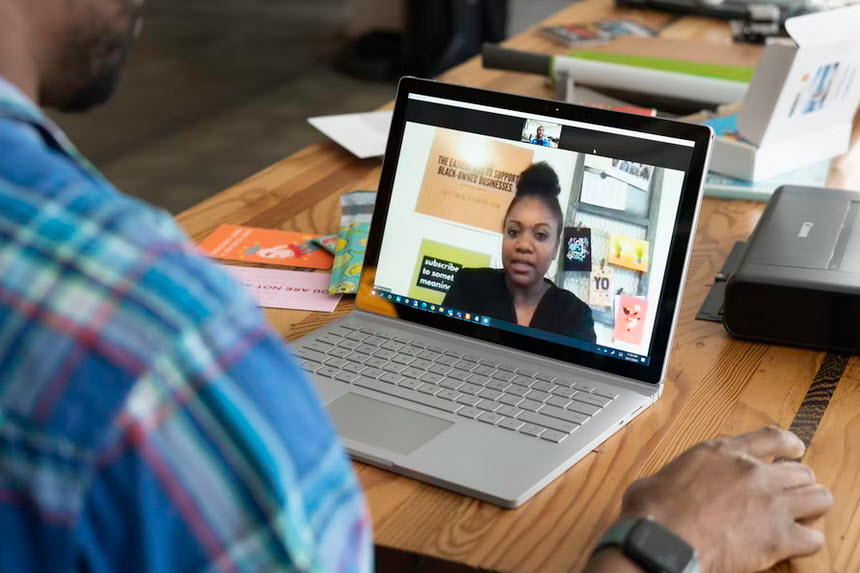I have taught exclusively online for two and half years. During this time, the number of digital tools in my arsenal has skyrocketed. I have been consumed by technology. I used to feel sorry for “computer nerds” who squirrelled away in their basements, rarely coming up for air. And now I am one of them.
Continue readingCategory Archives: Technology
Daily Small Talk
As a person and as a language instructor, I hear the words ‘small talk’ and I shudder. However, I have learned – after teaching online for nearly three years now – not to underestimate the opportunities and utility of focusing specifically on Small Talk in class. Focusing on Small Talk has always been successful. When surveyed, learners consistently report that they want more Small Talk rather than less.
I started teaching virtually with a fairly small class (CLB 7) who really responded to Small Talk. For one thing, I found the class needed to deal with mental health issues – near the beginning of COVID – and needed to feel as social as possible in a virtual environment. That’s when I started to develop Small Talk as an integral activity. Most recently, I had a much larger class that also responded very well to the Small Talk activities. This activity is not a one-off lesson but rather focuses on best practices, routine, feedback, and refinement.
Continue readingImmersive Reader for Autonomous Reading Practice
Introduction
In 2018, Beth Beardall posted that reading advances learner grammar comprehension, vocabulary, writing skills, critical thinking skills and speaking fluency in the post Reading, Reading, Reading. Why it is so important! One way to assist your learners with reading is to encourage them to use the Microsoft Immersive Reader tool.
Continue readingCreating Dialogues Remotely
Over the pandemic, several instructors have commonly requested assistance with recording dialogues for PBLA activities, assessments, reading practice or listening activities. In this post, I have detailed the steps. These steps focus on preparing a listening dialogue for a class activity. I am sure that many instructors and students have devised their own hacks for this issue, so if you have invented better methods, please add them to the comments below.
Continue readingKeep Things Organized – Tips for Organizing Google Drive

Organizing Google Drive for you and your students can be challenging. When assessments and assignments are assigned through Google Classroom, you may get lost in the mountain of documents. For your students – especially for those who aren’t tech savvy – it’s even more challenging. As we approach the end of the school year, here are a few lessons I’ve learned from online teaching about how organizing your Google Drive early saves you time and effort.
Continue readingExtensive Reading for the blended learning class: MReader

Over the past six months, we have been piloting and refining a fully online, extensive reading (ER) program for the Avenue community using the Xreading program. See the Moving Forward with Extensive Reading in the LINC Context blog post for more information. Many LINC instructors have shown interest in a blended learning ER solution for students as they are now returning to their centres. In this post, we offer a potential solution and an invitation to a webinar for implementing and facilitating a blended learning ER program using the MReader tool.
MReader
Multimedia English Class with Ted Talks
Teaching research writing and communication courses has been one of the best experiences I have had in my teaching career so far. One of the challenges, however, has been encouraging students to read articles before joining classes. These reading articles are a prerequisite for our students to complete a series of reflective reading and writing practices. Therefore, I have started taking advantage of TED Talks as a not so state-of-the-art, but practical resource for a college communication course. Here are a few ways I use this resource in my classes:
Continue readingWeb Accessibility for Language Teachers
 Educational digital accessibility is often viewed as a set of practices dedicated that assist disabled individuals with challenges to participate in online and blended courses. In fact, accessibility practices endeavor to more than eliminate barriers to education; they ensure that digital content is enhanced for everyone. Digital accessibility practices are something we all should practice because:
Educational digital accessibility is often viewed as a set of practices dedicated that assist disabled individuals with challenges to participate in online and blended courses. In fact, accessibility practices endeavor to more than eliminate barriers to education; they ensure that digital content is enhanced for everyone. Digital accessibility practices are something we all should practice because:
- they remove barriers to education and training
- legislation requires accessibility across Canada
- many Canadians live with at least 1 disability
- they improve all digital resources for all users
- it is the right thing to do
The Curse of Knowledge or Groundhog Day? – Take Your Pick
I blame the title on sitting in front of a computer day in and day out, setting up breakout rooms, and talking too many times into a dark screen divided into little squares, each one imprinted with names and hardly any faces; despite it all, there I was, on that particular day, hair fully brushed, looking good from the waist up, and full of burnt-out enthusiasm, ready for my lesson on “paraphrasing.”
Groundhog Day
On that morning, as I have been doing for a while (two years minus a few days), I turned on my computer before class time to make sure everything was in order and that my Google Jamboard was shareable and editable for my students to work in groups.
Continue readingH5P Power Tools
H5P has become a buzzword since we adapted to online learning. It has been touted as a way to integrate interactive, self-assessing, and media-rich learning objects into an online course. This is true, but many instructors quickly learned that even though H5P presents a relatively intuitive authoring method, the number of tools and associated options make this process overwhelming.
Continue reading






